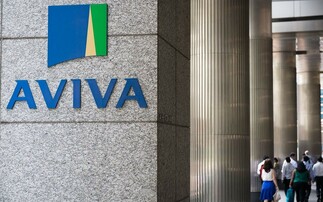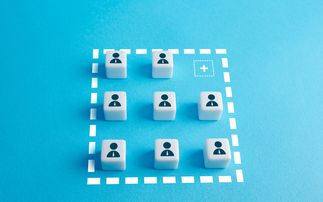Ageas Protect's Darren Spriggs explains why wearable tech is at the top of his Christmas list.
I read the other day that Santa's sack is projected to be a lot lighter this year as the demand for activity and health monitoring devices is expected to exceed more than £100 million in sales.
This fact, and questions from my family, got me thinking about what I would like from Santa this year - I'm hoping to receive a new fitness and wellbeing tracker as I recently broke my lifestyle wristband.
I bought one in August that monitored my daily activity, recorded my daily steps and monitored my sleep patterns, the data then synced with an app on my smart phone and it compared my results with an online community.
I set myself a daily target of 10,000 steps a day - interestingly, I found that monitoring the data gave me the incentive to make small adjustments to reach my goals.
For example, I found my commute and office day gave me an average of 8 to 9,000 steps, by consciously walking around the office more, I managed to reach my 10K goal.
The device can also track your weight and diet too, but I simply didn't have the time to manually input the necessary data.
Or maybe I just wasn't ready to be confronted with the cold, hard facts especially with the office Christmas party season in full swing!
But what does my Christmas wish list have to do with insurance? I bought it for two reasons: firstly, I wanted to have first-hand experience of the information that could be gleaned and to understand the potential impact the technology could have on the life and health insurance market.
Secondly, I wanted to see how active I really was and to get a better idea of the amount of sleep I was getting.
Unfortunately by late November, the sensor broke following a tussle with my young daughter - while the experience has been a generally positive one, I'm a little disappointed that the product hasn't proved to be more robust or child proof!
There has been a lot of speculation about how and if this technology will change the way insurance risk is assessed and underwritten.
Personally, I'm not convinced this will happen soon. There are inherent weaknesses in the viability of the data that would need to be resolved before the industry could consider adopting this technology.
For example, I found myself thinking I could attach the device to one of our cats - now that would increase my step count! Until devices are invented that link into people's biometrics and genetics - which would raise a whole different set of questions - these weaknesses won't be resolved.
I do believe wearable tech is here to stay - as long as it adds value, interaction is easy and the device is robust, then it bodes well for the future.
It would be a shame if it became a fad with a limited shelf life. I'm looking forward to the release of products with greater functionality that will add value to my daily routine.
I definitely learnt what I needed to from my previous device, but I'm looking forward to finding out what the next generation of devices can do and whether I get one for Christmas.
Darren Spriggs is managing director of Ageas Protect











